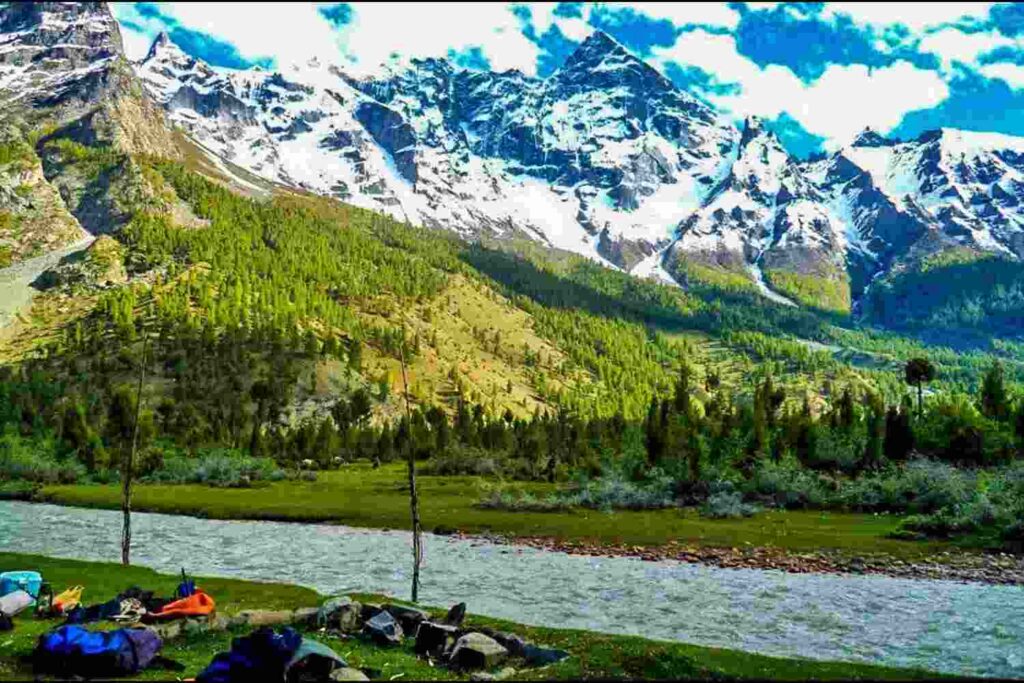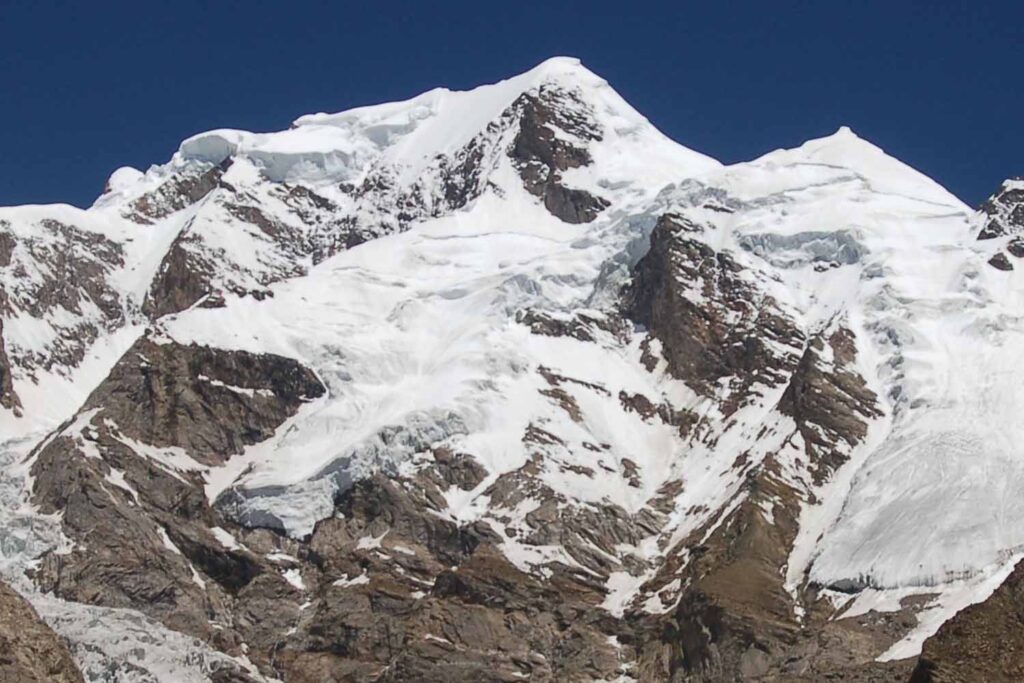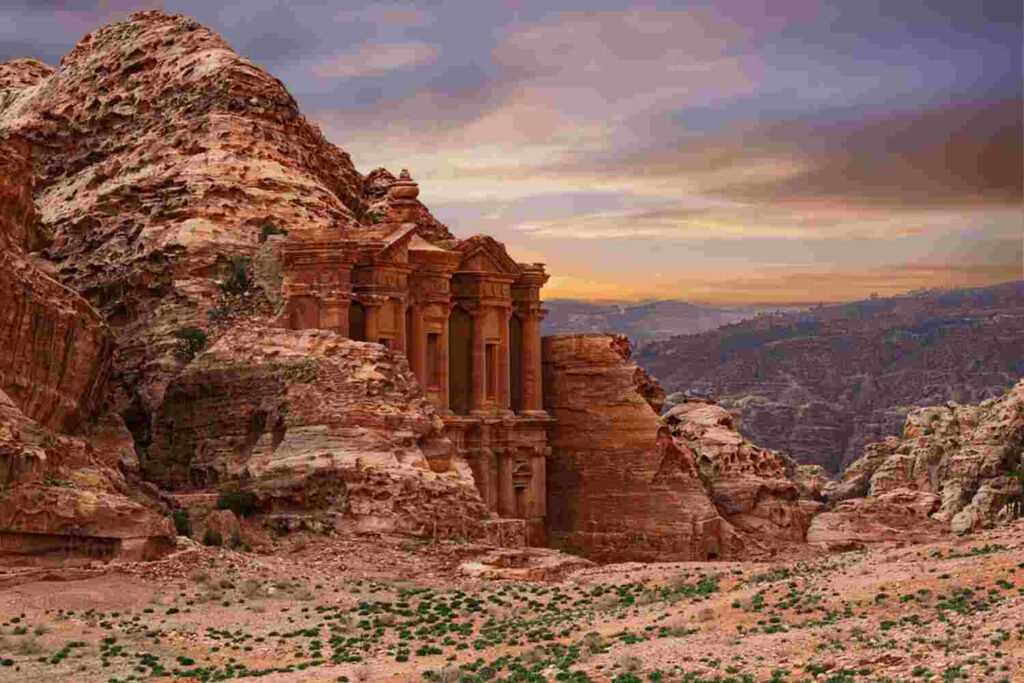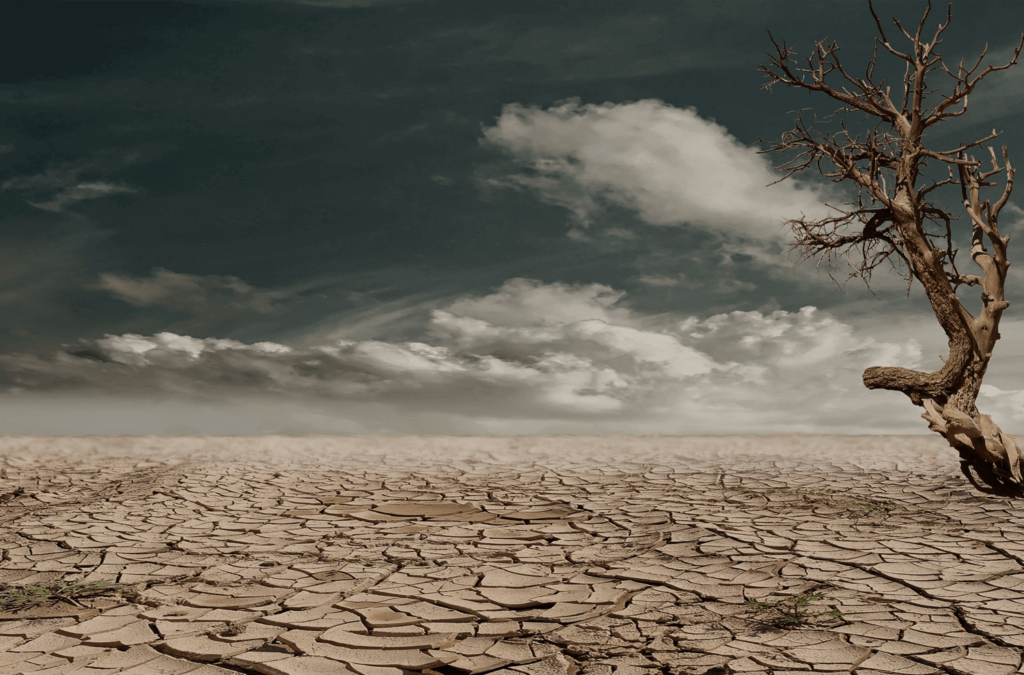Mud Floods: A Possible Threat to Mountainous Areas in the U.S.

Mud floods, also known as mudflows or debris flows, are a type of natural disaster that occurs when large amounts of water-saturated soil and rock move rapidly downhill, carrying with them debris such as trees, boulders, and man-made structures.
Mud floods can be caused by a variety of factors, including heavy rainfall, snowmelt, and volcanic eruptions. They typically occur in mountainous or hilly areas with steep slopes and are more common in areas that have experienced wildfires or land use changes that have altered the landscape.
Tornadoes in Dallas Texas: Causes, Impacts, and Safety Tips
While mud floods are not as well-known as other types of natural disasters, such as hurricanes or earthquakes, they can be just as dangerous and destructive. Mud floods can cause significant damage to infrastructure and homes, and can be fatal for those in their path.
In the United States, no one can say with authority that the country would always be safe from it, as states are particularly vulnerable to the floods, including California, Colorado, and Washington.
California is one of the most at-risk states for such floods due to its diverse topography and propensity for wildfires. The state experiences heavy rainfall in the winter months, which can saturate the soil and cause mudslides and debris flows. In recent years, several major mud flood events have occurred in California, including the Montecito mudslides of 2018 that claimed the lives of 23 people and caused millions of dollars in damage.
Winter storm batters Northern Plains and Upper Midwest of US
Colorado is another state that is at risk of such floods, particularly in the western part of the state. The area is prone to wildfires, which can strip the landscape of vegetation and increase the risk of mudslides and debris flows. In addition, the state’s mountainous terrain and steep slopes make it particularly vulnerable to the impact of heavy rainfall and flash floods.
Washington is also at risk of mud floods, particularly in areas that have experienced wildfires or land use changes. The state’s rainy climate can saturate the soil and cause mudslides, while steep slopes and mountainous terrain can exacerbate the impact of debris flows. In 2014, the Oso mudslide in Washington killed 43 people and caused extensive damage to homes and infrastructure.
To mitigate the risk of mud floods, authorities in these states have implemented various measures, including building retaining walls, constructing diversion channels, and planting vegetation to stabilize the soil. Additionally, early warning systems have been deployed to alert residents to the potential for mud floods before they occur.
Despite these efforts, mud floods remain a significant threat in these states, and authorities continue to work on improving their preparedness and response. This includes investing in early warning systems, improving communication infrastructure, and developing contingency plans for potential disasters.
In conclusion, mud floods are a significant natural disaster that can occur in mountainous or hilly areas with steep slopes. Several states in the United States are particularly vulnerable to it, including California, Colorado, and Washington.
Alpine Agriculture And Climate Change
To mitigate the risk of mud floods, authorities in these states have implemented various measures, but more work is needed to improve preparedness and response. By investing in proactive measures and early warning systems, it is possible to reduce the impact of mud floods and protect residents from harm.

 English
English 







































































































